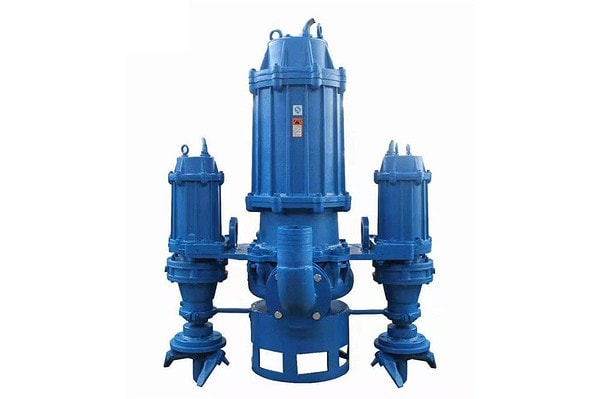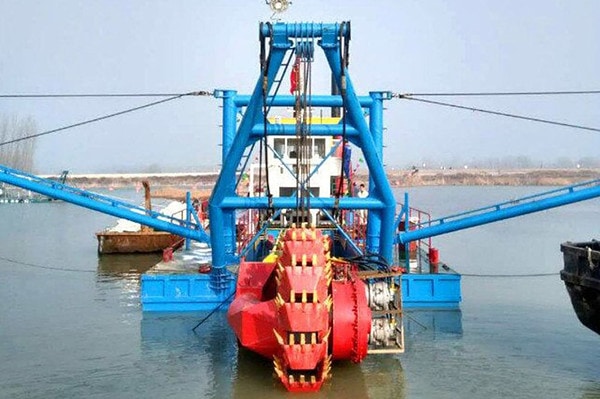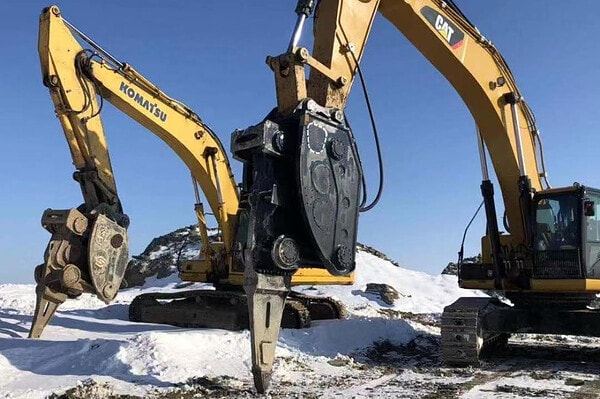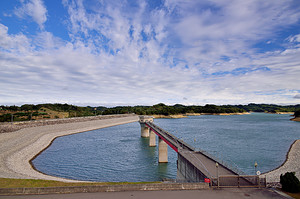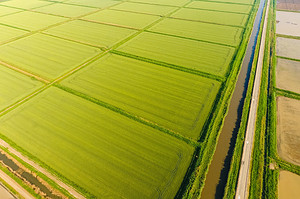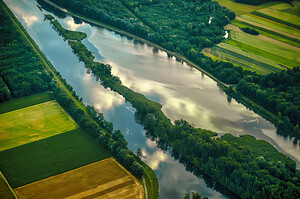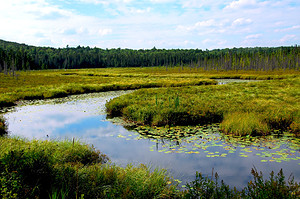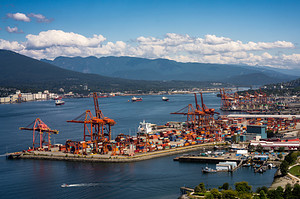Dredging and reinforcing river embankments inside and around the mining area, removing sediment, waste, and pollutants from the water body through dredging, in order to restore the health of the water body and balance the ecosystem, and ensure the smooth flow of channels and rivers around the mining area during the flood season.
Main content of mining area dredging
The dredging of mining areas should be comprehensively considered and planned based on the specific situation, pollution types, and environmental requirements of the mining area. The main contents include:
- Sediment removal: Sediments in the water body of the mining area are one of the main objectives of dredging. Sediments may include solid substances such as mud, sediment, waste residue, and waste ore. During the dredging process, appropriate equipment and technical means need to be adopted, such as excavators, pumping equipment, suction dredgers, etc., to excavate sediment from the water or bottom.
- Pollutant removal: There may be various pollutants in the water body of the mining area, such as organic matter, heavy metals, chemical substances, etc. These pollutants are harmful to water quality and ecosystems. During dredging, appropriate treatment methods, such as chemical treatment and Bioremediation, need to be taken to remove or reduce the content of pollutants.
- Ecological restoration and protection: After dredging, ecological restoration and protection work needs to be carried out to promote the healthy development of water ecosystems. This may include reintroduction of Aquatic plant, restoration of wetlands, protection of fish and other aquatic organisms, etc. Ecological restoration and protection measures can help improve the self-purification capacity and ecological function of water bodies.
- Waste treatment and disposal: The waste and sludge generated during the dredging process need to be properly treated and disposed of. This may include the classification, recycling, and disposal of solid waste, the treatment of liquid waste, and the selection of treatment facilities. Waste treatment and disposal should comply with environmental regulations and regulations to avoid secondary pollution and environmental risks.
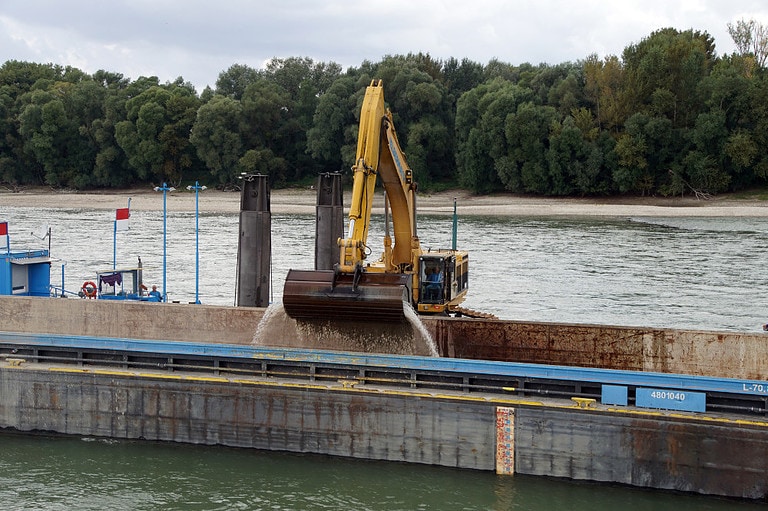
Potential benefits of mining dredging
Mining dredging can bring various benefits to mining areas, including improving water quality, reducing flood risks, improving resource utilization efficiency, protecting personnel and property safety, promoting economic development, and protecting and restoring the ecological environment.
- By dredging, water quality in mining areas can be improved, flood risk can be reduced, self-purification capacity of water bodies can be improved, and sustainable utilization of water resources can be promoted.
- Sediments in the water of mining areas usually contain valuable mineral resources or recyclable substances. Through appropriate processing and recycling techniques, useful minerals, metals, oils, etc. can be extracted from sediment, thereby achieving resource reuse and increasing the economic benefits of the mining area.
- Through dredging engineering, the silted land resources can be developed and utilized. After removing sediment and waste residue, land reclamation, farmland construction, industrial land development, etc. can be carried out to improve land utilization efficiency and promote the diversified development of the mining area economy.
- Dredging engineering can improve the water quality and ecological environment of mining areas, and promote the habitat and reproduction of aquatic organisms. Removing waste residue and pollutants can reduce pressure on ecosystems, protect endangered species, and improve the stability and sustainability of ecosystems.
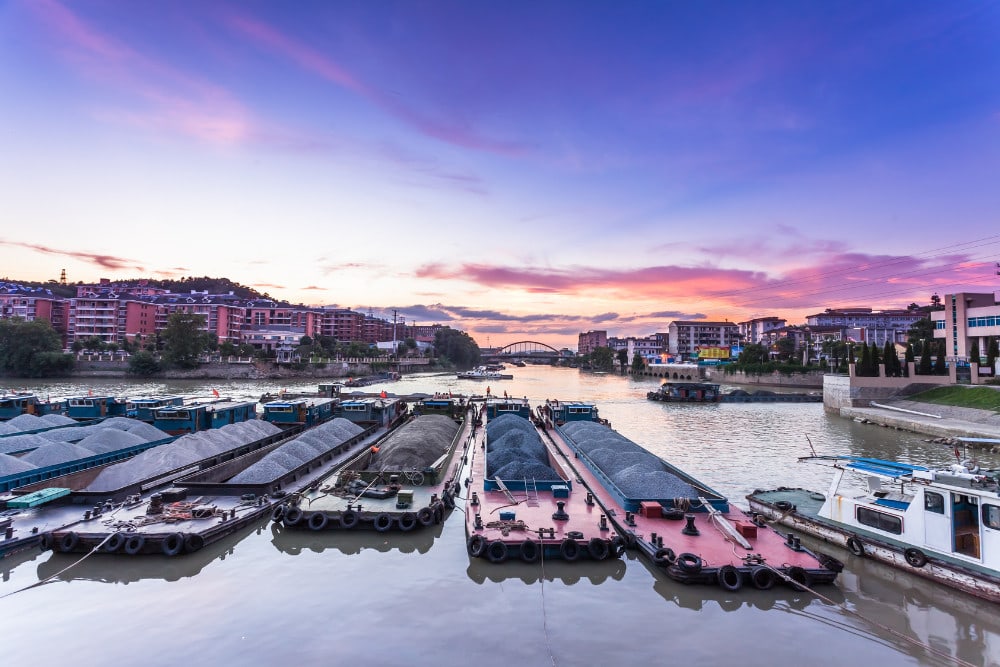
What are the equipment for mining dredging?
The commonly used equipment in mining dredging engineering includes cutter suction dredgers, bucket wheel dredgers, trailing suction dredgers, excavator floating platforms, amphibious excavators, excavator extension arms, excavators, pile foundation construction equipment, etc. If you have dredging needs, please feel free to contact us at any time. We can provide customizable, reliable, efficient, and cost-effective dredging products according to your engineering needs.

